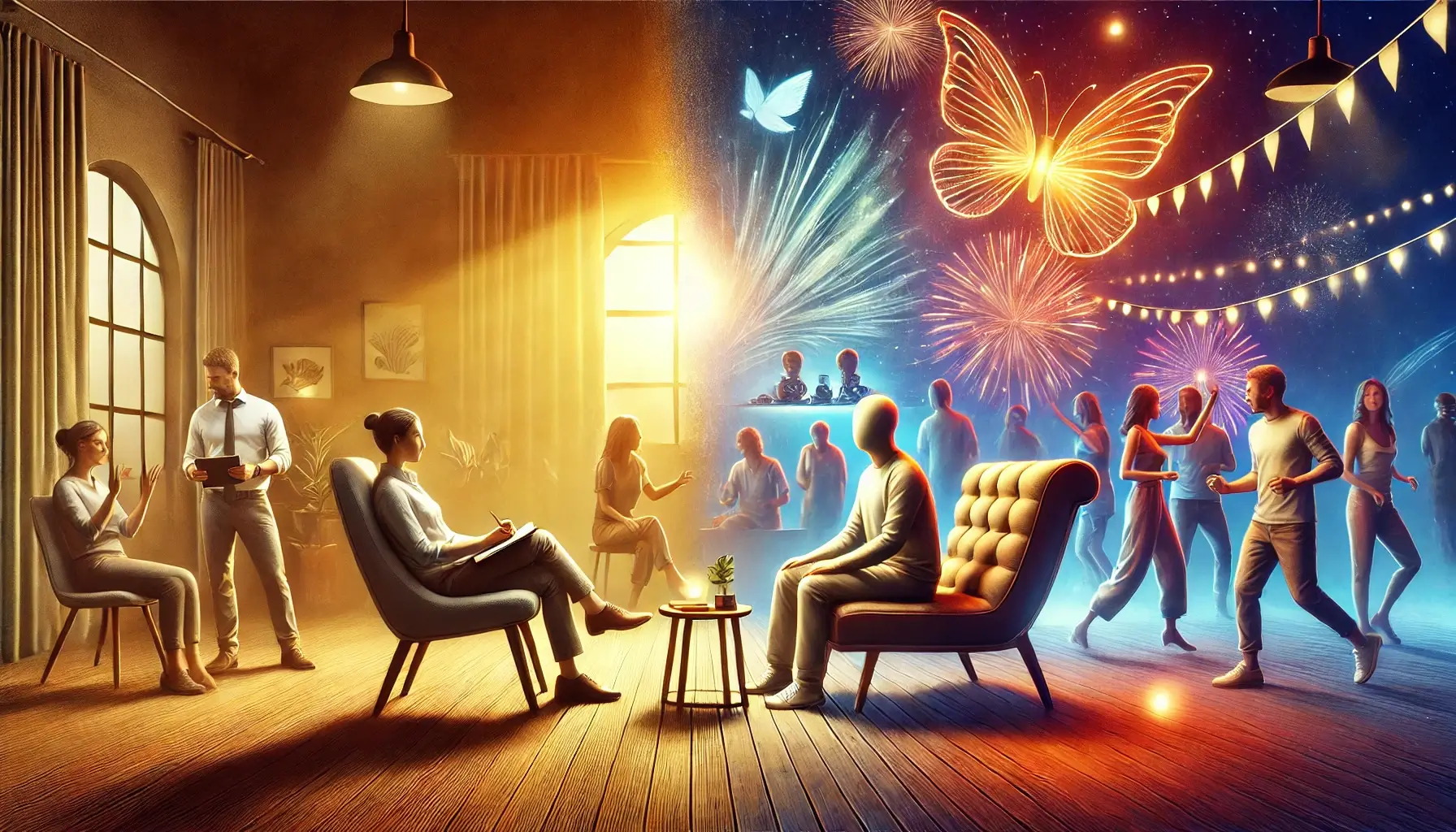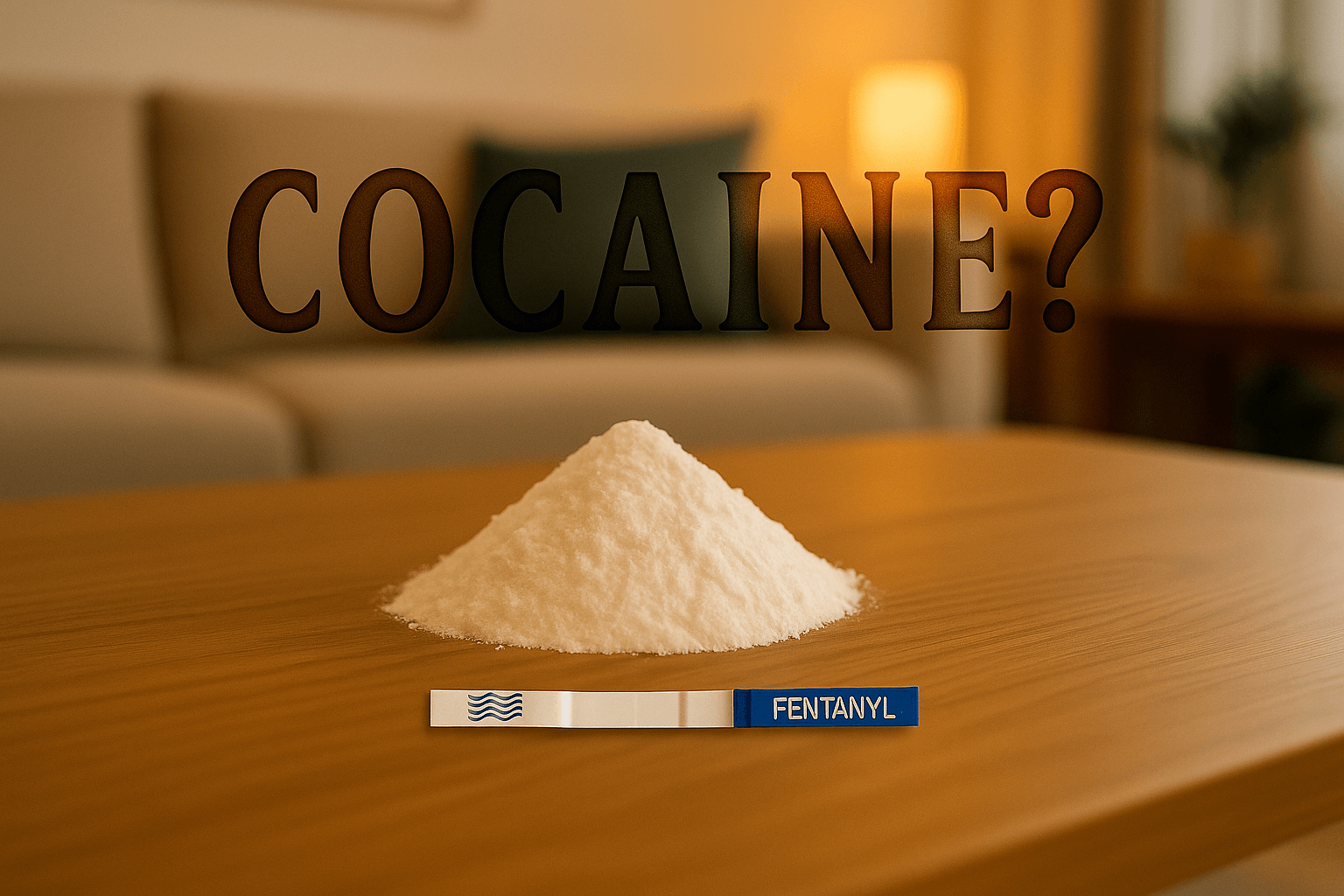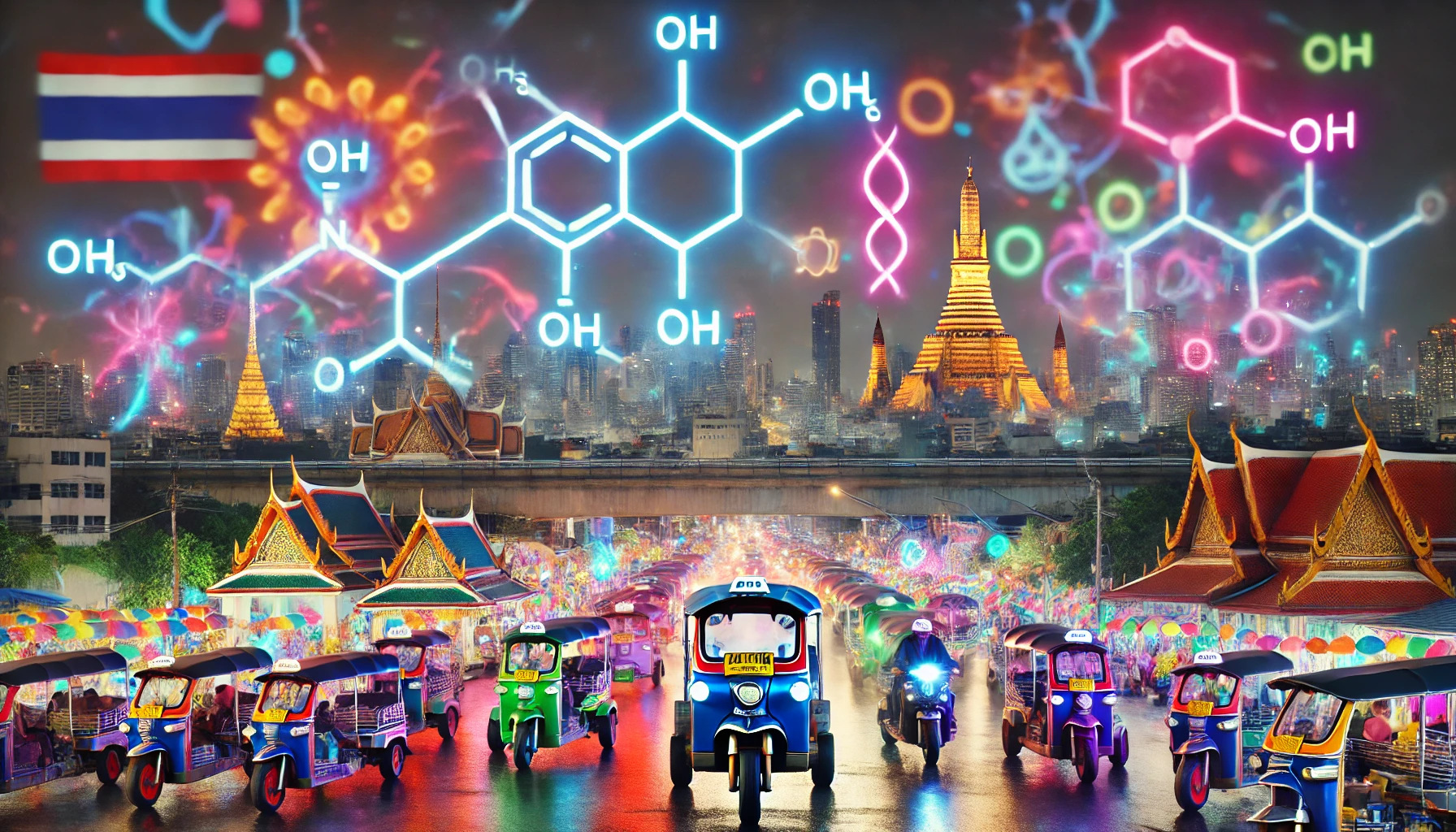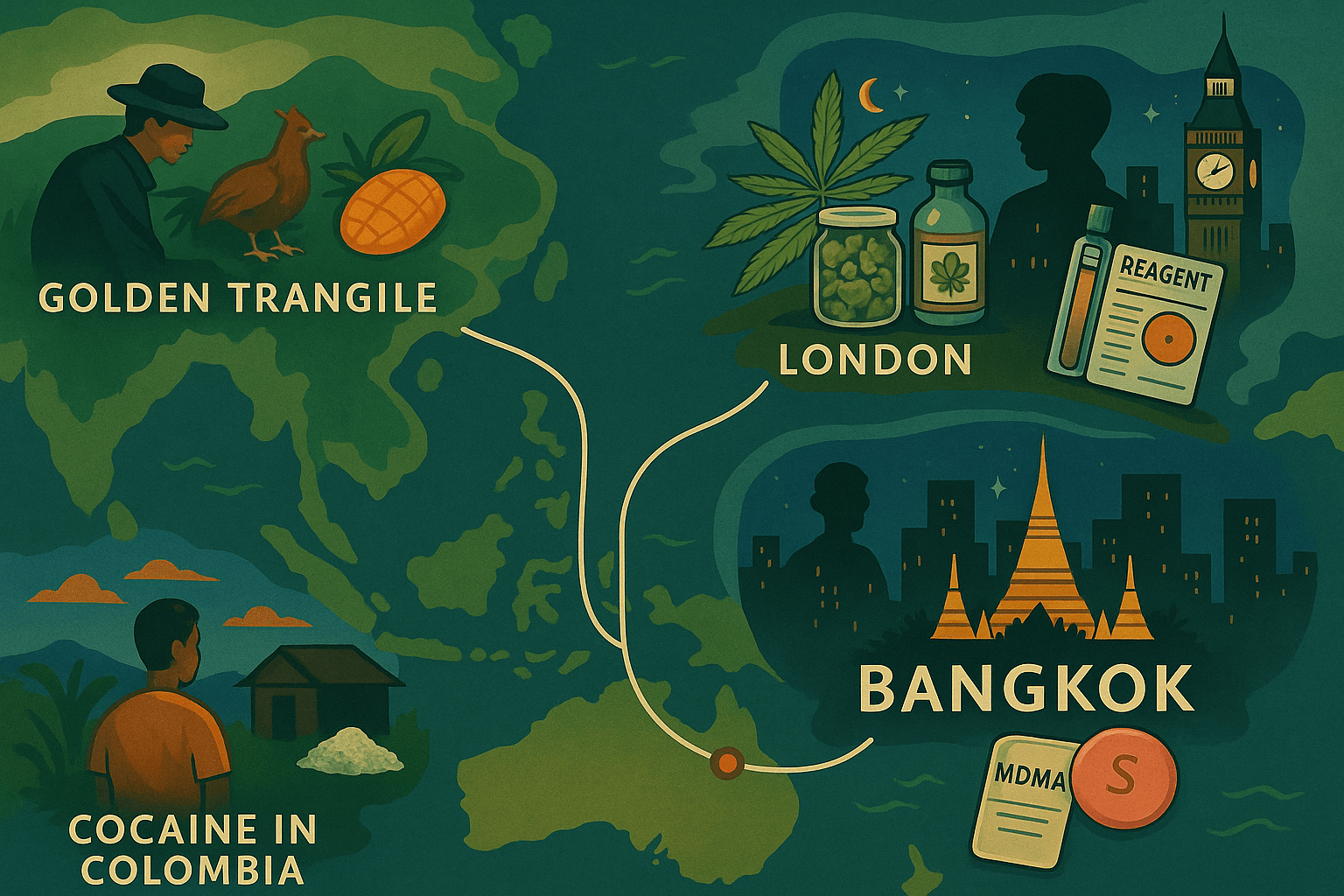MDMA (3,4-methylenedioxymethamphetamine), commonly known as ecstasy or “molly,” has become synonymous with electronic music festivals and nightlife culture. However, its origins tell a very different story. MDMA’s journey began in the early 20th century as a chemical compound, later finding its place as a potential therapeutic tool before becoming a central figure in global countercultures. This article traces MDMA’s history, highlighting its development, uses, and the forces that shaped its trajectory.
The Creation of MDMA
MDMA was first synthesized in 1912 by Anton Köllisch, a chemist working for the German pharmaceutical company Merck. Contrary to popular belief, it was not initially developed as an appetite suppressant or therapeutic drug. Instead, Merck patented MDMA while searching for a blood-clotting agent. At the time, the compound was little more than a chemical curiosity, as it was never tested or marketed.
MDMA lay dormant for decades, receiving limited attention until it was rediscovered in the mid-20th century.
Rediscovery in the 1970s
In the 1970s, MDMA resurfaced thanks to the work of Dr. Alexander Shulgin, a chemist and pharmacologist often called the “godfather of psychedelics.” Shulgin synthesized MDMA and noted its unique psychoactive effects, which included:
- Enhanced empathy.
- Heightened sensory perception.
- Emotional openness.
Shulgin introduced MDMA to psychotherapists, believing it could revolutionize therapy. Its effects on emotional connection and self-reflection made it a promising tool for couples therapy and trauma work.
MDMA in Therapy
From the late 1970s through the early 1980s, MDMA gained traction in therapeutic circles. Psychiatrists and psychologists used it in controlled settings to help patients process difficult emotions and experiences. Unlike many hallucinogens, MDMA’s effects were more predictable and less overwhelming, making it appealing for therapeutic use.
Some of its therapeutic benefits included:
- Reduced Anxiety: Patients reported feeling calm and open, allowing them to confront trauma more effectively.
- Enhanced Communication: Couples used MDMA to improve emotional intimacy and resolve conflicts.
- PTSD Treatment: Early studies suggested MDMA could help patients with post-traumatic stress disorder (PTSD) revisit and process traumatic events.
By 1984, approximately 4,000 therapists in the U.S. were reportedly using MDMA in their practices, although it was not yet an officially approved treatment.
MDMA’s Shift to Recreational Use
While MDMA was gaining legitimacy in therapeutic circles, its recreational appeal began to grow. In the early 1980s, MDMA spread beyond therapy settings into party scenes, particularly in Texas and California. Marketed under the name “ecstasy,” it became popular for its euphoric and sociable effects.
This shift was catalyzed by several factors:
- Accessibility: MDMA was relatively easy to synthesize and distribute, making it widely available.
- Cultural Appeal: Its effects aligned with the emerging rave and electronic music scenes, where community, connection, and sensory stimulation were central themes.
- Marketing: Dealers promoted MDMA as a safe and “pure” alternative to other recreational drugs like cocaine or LSD.
By the mid-1980s, MDMA was a staple in nightclubs and dance parties across the U.S.
Regulation and Criminalization
The rapid rise of MDMA in recreational settings alarmed regulators. In 1985, the U.S. Drug Enforcement Administration (DEA) classified MDMA as a Schedule I substance, citing its high potential for abuse and lack of accepted medical use. This classification severely restricted research and therapeutic use.
Globally, MDMA faced similar bans under the 1988 United Nations Convention Against Illicit Traffic in Narcotic Drugs and Psychotropic Substances. Despite these measures, MDMA’s popularity continued to grow.
MDMA and the Rave Movement
In the 1990s and 2000s, MDMA became intrinsically linked with the global rave scene. As electronic music festivals emerged as cultural phenomena, MDMA became a key component of the experience. Users praised its ability to:
- Enhance music appreciation.
- Foster feelings of unity and connection.
- Sustain energy for long dance sessions.
The rave scene, with its vibrant lights, pulsating beats, and communal atmosphere, provided the perfect backdrop for MDMA use. Festivals like Love Parade in Germany and Creamfields in the UK became synonymous with the drug.
MDMA Research Revival
In recent years, MDMA has seen a resurgence in legitimate scientific research. Organizations like the Multidisciplinary Association for Psychedelic Studies (MAPS) have led efforts to investigate MDMA’s therapeutic potential, particularly for PTSD. Key milestones include:
- 2010s Clinical Trials: Phase 2 trials showed promising results for PTSD treatment, with many participants experiencing significant symptom reduction.
- FDA Breakthrough Status: In 2017, the U.S. Food and Drug Administration (FDA) granted MDMA-assisted therapy “breakthrough therapy” status, expediting its study as a medical treatment.
These efforts have reignited hope that MDMA may one day be reintroduced as a legitimate therapeutic tool.
How MDMA Works
MDMA affects the brain by increasing the release of serotonin, dopamine, and norepinephrine, leading to its characteristic effects:
- Serotonin: Enhances mood and emotional sensitivity.
- Dopamine: Boosts energy and motivation.
- Norepinephrine: Increases heart rate and alertness.
These effects typically last 3–6 hours, with aftereffects including fatigue and mild depression, often referred to as a “serotonin crash.”
Cultural and Historical Lessons
MDMA’s history offers several key insights:
- Dual Potential: Like many substances, MDMA has both therapeutic and recreational uses, depending on how it is applied.
- Cultural Influence: Its integration into rave culture underscores the role of social and cultural factors in shaping a drug’s reputation.
- Policy vs. Research: The criminalization of MDMA halted decades of promising research, demonstrating the tension between regulation and scientific progress.
Conclusion
MDMA’s journey from a laboratory compound to a cornerstone of rave culture highlights the complex interplay between science, culture, and policy. While its therapeutic promise was overshadowed by its recreational use, renewed research efforts suggest a brighter future for MDMA in medicine.
Understanding MDMA’s origins and early uses provides valuable context for its current role in society and its potential applications in mental health treatment.
References
- Holland, J. (2001). Ecstasy: The Complete Guide – A Comprehensive Look at the Risks and Benefits of MDMA. Inner Traditions.
- Shulgin, A., & Shulgin, A. (1991). Pihkal: A Chemical Love Story. Transform Press.
- Sessa, B. (2017). The Psychedelic Renaissance: Reassessing the Role of Psychedelic Drugs in 21st Century Psychiatry and Society. Muswell Hill Press.
- Multidisciplinary Association for Psychedelic Studies (MAPS): MDMA Research.
- United Nations Office on Drugs and Crime (UNODC): World Drug Report.




